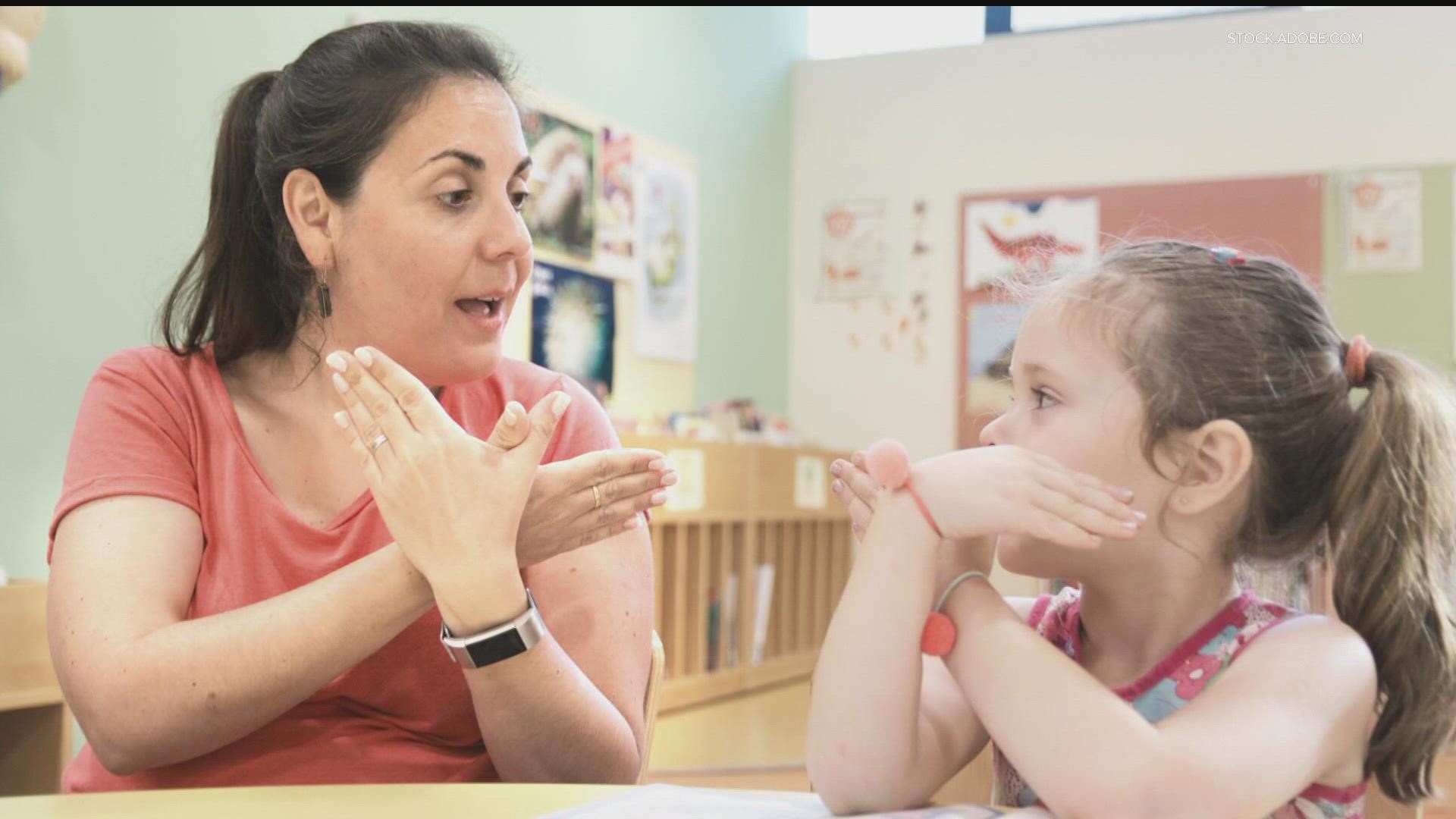ST PAUL, Minn. — A coalition of school advocates from across Minnesota gathered at the Capitol Monday to say the time has come for lawmakers to tackle the special education funding gap.
That's the difference between the actual cost for school districts to provide those federally mandated services, and what they currently receive in state and federal subsidies. Data from the Minnesota Dept. of Education puts that gap at $822 million per year, money districts must pull from other parts of their budgets in order to comply with federal law.
"We believe the Minnesota Legislature has an obligation to fully fund the cost of special education so we can meet the needs of our students without creating a onerous tax burden on our communities," Albert Lea Superintendent Mike Funk told reporters.
Since 1975 school systems across the nation have been required to provide special education services for all children from age three to age 21. Uncle Sam currently picks up less than 15 percent of the tab, so the remainder must come from state aid and local property taxpayers.
"It’s way more than just a mandate for us. It’s part of who we are," St. Paul Superintendent Joe Gothard remarked. "The children that receive special education services in St. Paul Public Schools are all of our students."
The special education funding gap in St. Paul is currently $51 million per year. If the state's special education subsidies matched the actual cost, it would free up money for other classroom activities and wraparound supports for all students, according to Gothard.
The legislature passed a balanced two-year budget last session that increased per pupil state aid by two percent. Any new education spending this year, in a non-budget year, would be considered icing on the cake to many lawmakers.
But school advocates point to the state's record $9 billion surplus as a golden opportunity to address school finance issues that have been overlooked in the past. There's also a growing worry that the demand for special education services will rise faster as students emerge from the pandemic.
The DFL-controlled House have proposed boosting spending on the special education by $422 million, which would fill 56 percent of the gap. It would be an ongoing part of the budget in the coming years.
The GOP-controlled Senate currently has $30 million for literally programs, but no new money for the special education subsidy. So, it's something that would have to be dealt with by a joint House-Senate conference committee, which is trying to iron out the differences between the House and Senate bills.
The advocates who spoke Monday didn't call out either party, but instead challenged the legislature as a whole to devote part of the surplus to resolving the gap. They noted helping local districts could be considered a form of tax relief, considering it would take some of the pressure off local property taxes as a source to pay for special education.
"There are not enough dollars coming into the districts’ accounts to cover the costs of special education services," Kathy Nathan, a member of the Rochester School Board who has also been active in local PTAs, told reporters.
"I know parents do not want to see budget cuts in services and programs and staff because the state legislature will not pay their district what they are owed."

